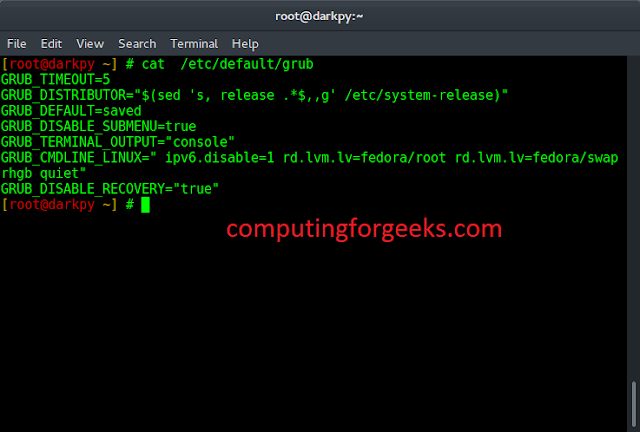Python is a great language for doing data analysis, primarily because of the fantastic ecosystem of data-centric python packages. Pandas is one of those packages and makes importing and analyzing data much easier.
Pandas Period.days_in_month attribute returns the number of days in the month present in the given Period object.
Syntax : Period.days_in_month
Parameters : None
Return : number of days
Example #1: Use Period.days_in_month attribute to find the number of days present in the month in the given Period object.
# importing pandas as pd import pandas as pd # Create the Period object prd = pd.Period(freq ='D', year = 2001, month = 2, day = 21) # Print the Period object print(prd) |
Output :
Now we will use the Period.days_in_month attribute to find the number of days present in the month represented in the given period object.
# return the number of days prd.days_in_month |
Output :
As we can see in the output, the Period.days_in_month attribute has returned 28 indicating that the month represented in the given period object has 28 days.
Example #2: Use Period.days_in_month attribute to find the number of days present in the month in the given Period object.
# importing pandas as pd import pandas as pd # Create the Period object prd = pd.Period(freq ='Q', year = 2006, quarter = 1) # Print the object print(prd) |
Output :
Now we will use the Period.days_in_month attribute to find the number of days present in the month represented in the given period object.
# return the number of days prd.days_in_month |
Output :
As we can see in the output, the Period.days_in_month attribute has returned 31 indicating that the month represented in the given period object has 31 days.








